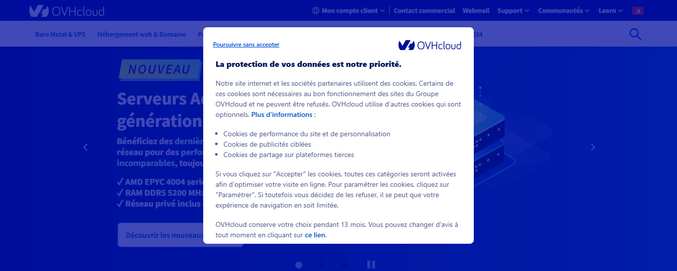Streamlined Deployment Process with Git and OVH
Using Git with OVH simplifies the deployment process significantly compared to traditional methods like FileZilla. With Git, developers can easily manage their code changes and version control, allowing for a more efficient workflow when deploying applications to OVH hosting. The integration of Git into your deployment strategy means that you can push updates and roll back changes seamlessly, reducing the amount of manual intervention required. This efficiency is particularly beneficial for teams or projects that require frequent updates, enabling developers to focus on coding rather than navigating the complexities of manual file transfers.
Properly Handling Build Outputs
When deploying an Angular application, especially one utilizing Server-Side Rendering (SSR), it’s essential to manage your build outputs correctly. After building your Angular app using ng build, your distribution files will be located in the dist folder. It’s crucial to copy the contents of the dist folder to the main path of your OVH server to ensure that your application is properly served. Failing to do this can lead to issues where the application appears broken or cannot find the necessary files to run. By following this step meticulously, you can ensure a smooth deployment process without any unexpected downtime.
Deploying SSR Content Effectively
For Angular applications using SSR, it becomes even more important to pay attention to both the client and server files generated during the build process. After performing the build, the content meant for the browser should be specifically located in the dist/browser folder. When deploying to OVH, ensure that you not only copy the appropriate client files but also configure your server to handle SSR correctly. This might involve setting up additional routes or middleware to serve the application as intended. By ensuring both client-side and server-side resources are deployed accurately, you can provide your users with a fully functional application that leverages the benefits of Server-Side Rendering, such as improved performance and SEO.
